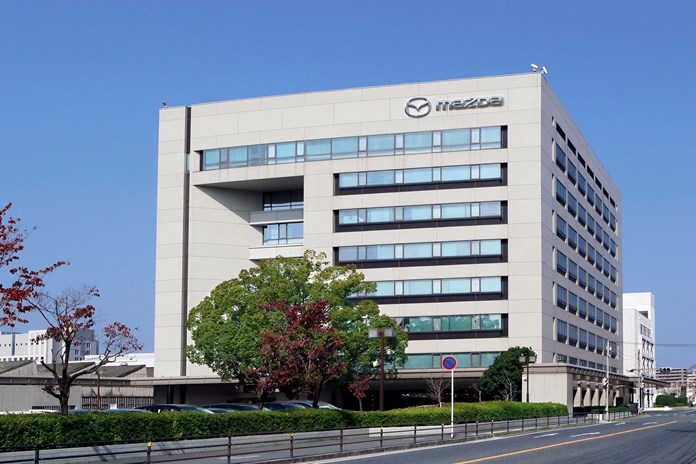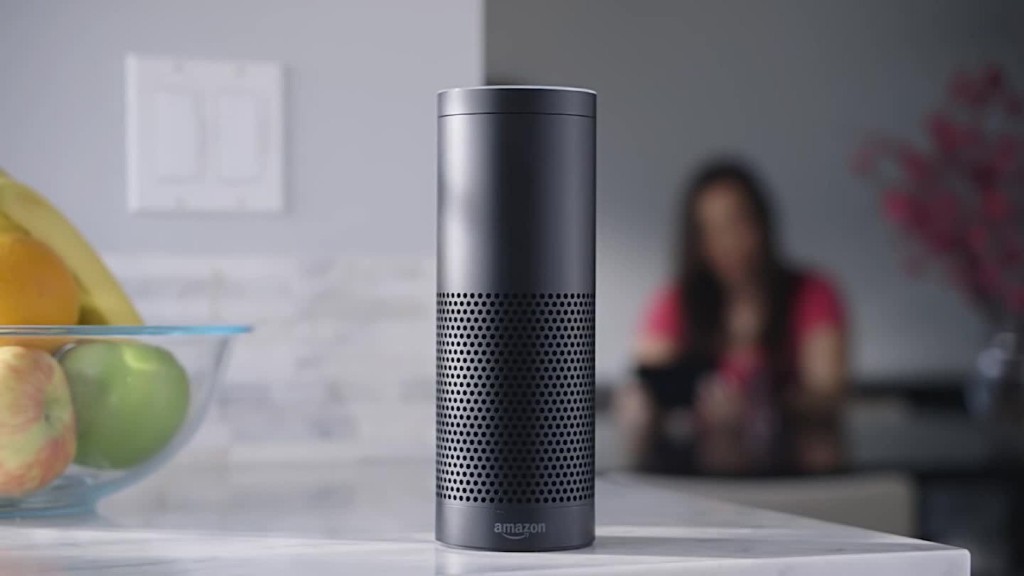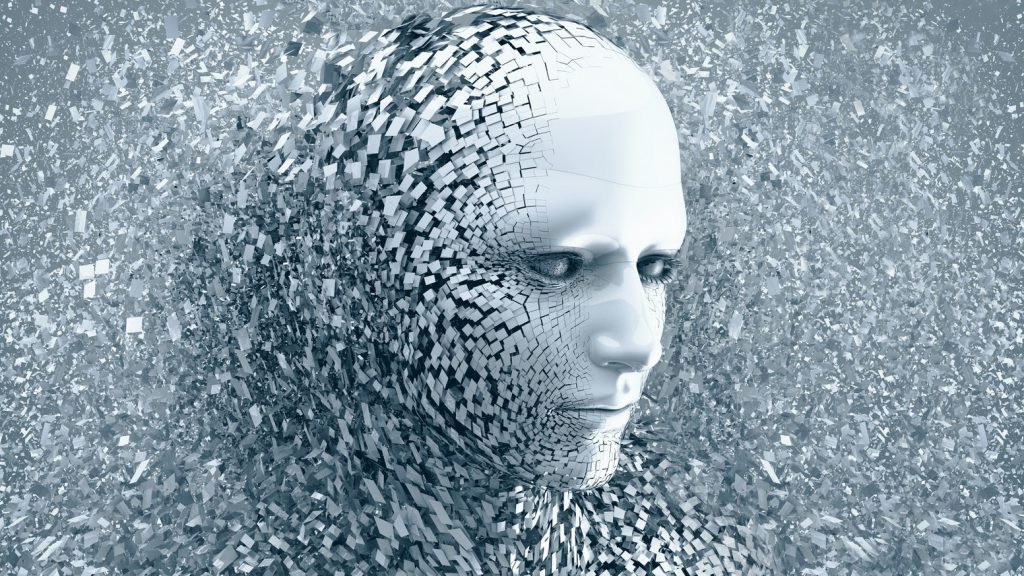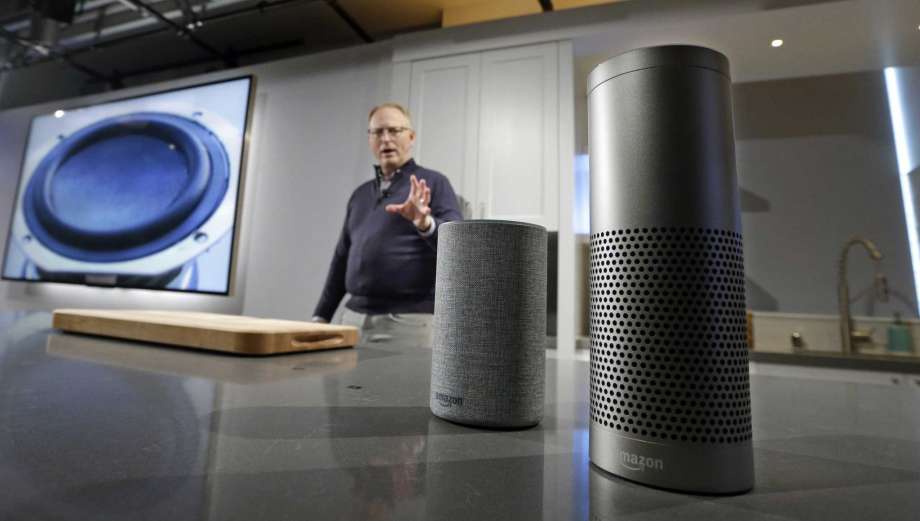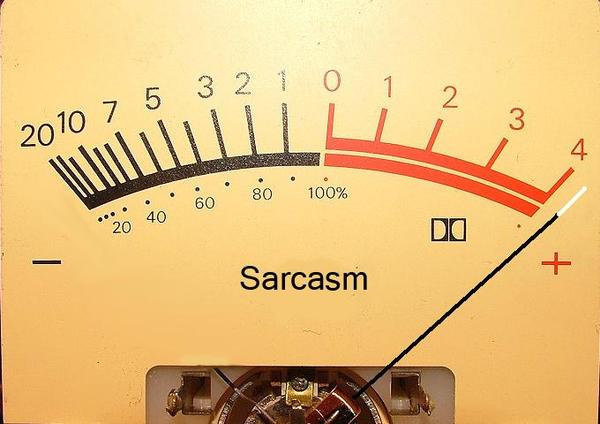Japanese carmaker, Mazda has decided to use diesel engine technology to protect the gasoline engine, with carmakers (including Mazda) finding a better alternative which would meet emission standards around the world.
With many carmakers switching to electric cars, this move might come as a backward step by Mazda for many. However, the Hiroshima-based firm might have just found the solution which other carmakers might be looking for. Mazda is looking to efficiently use the diesel engines, without the dirty emissions which have caused the diesel scandal recently.
Last Tuesday, Mazda revealed that the company will introduce a gasoline engine, which will not always require spark plugs to ignite the fuel and air mixture, which thus ensures higher efficiency along diesel engines. Moreover, it also finds the most effective way to operate on the demands of the driver and ensures various settings in their car, internally and externally. Mazda, who named its proprietary system as Spark Controlled Compression Ignition, claims that it is more efficient as it operates as a conventional gasoline engine, regardless of the diesel technology and requiring a supercharger to boost is power.
SkyActiv-X, which is the name of the new engine by Mazda, concentrates on higher efficiency. The Japanese giant insists that the new engine has higher fuel efficiency by 20-30% as compared to Mazda’s SkyActiv-G, which operates in most of its cars. Moreover, the company claims that the new engine is 45% more efficient than the engines that the firm was using in their cars decades ago.
The 2019 Mazda 3 is expected to contain the new Mazda engineThe new system is actually what’s known as homogenous charge compression ignition, which is based off a lot of existing technologies that other carmakers have previously looked into and ignored. Only two carmakers, Ford and General Motors have been experimenting with this technology in the last decade, but have not yet found a way to effectively put it into production.
The engine is set to be released in 2019, most likely to appear in the new Mazda 3. Moreover, the company’s internal combustion engines are set to be replaced by the compression ignition engines in much of the next few years. Moreover, the firm also plans to test autonomous driving technologies, and wants to make it a standard on all their cars by the year 2025.
However, one should not take the impression that Mazda is avoiding electrification altogether. The firm also revealed that it would introduce cars with electric drive, in places where there are restrictions on vehicles to reduce air pollution and have a high ratio of clean energy for the generation of power.
With big European countries including Britain and France planning to impose a ban on the sales of new internal combustion cars as early as 2040, other carmakers have switched to the idea of electrification to meet fuel economy and the emission standards. This also takes gasoline engine out of the picture, but Mazda’s experiment might just prove that it is too early to abandon the gasoline technology entirely.

Nicholas is a dedicated and experienced author of this tech blog. He wants to be helpful and offer great content to his readers, but he also needs to make sure that the site is profitable so it can continue running. If you have any questions or concerns about our work please don’t hesitate to contact us!

